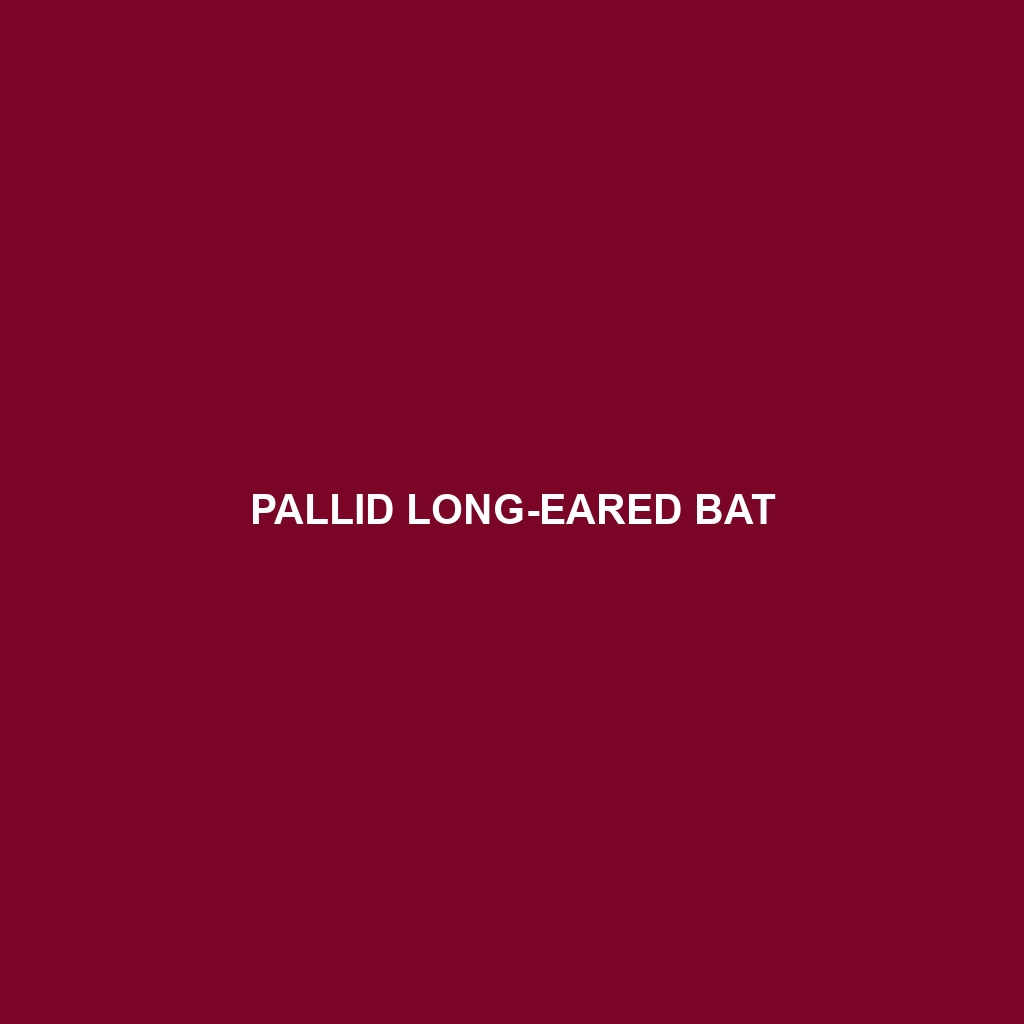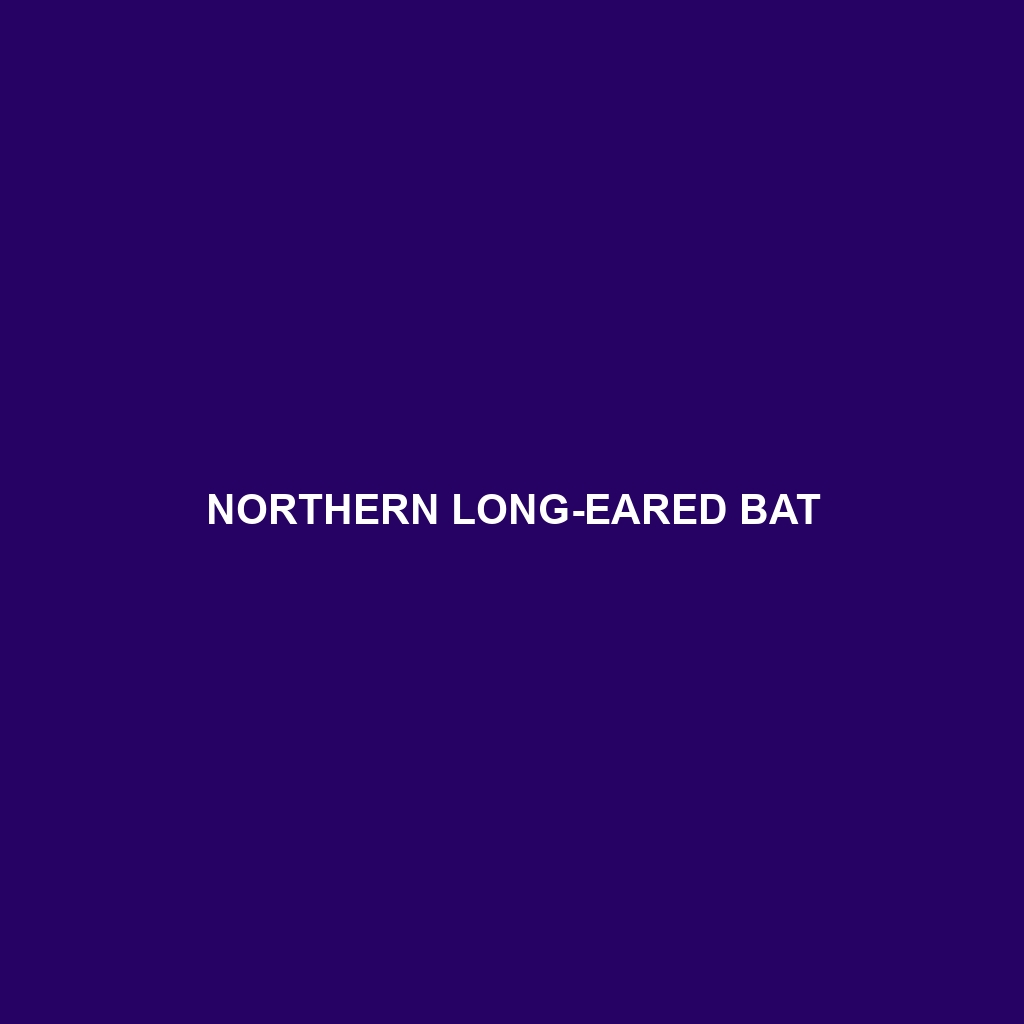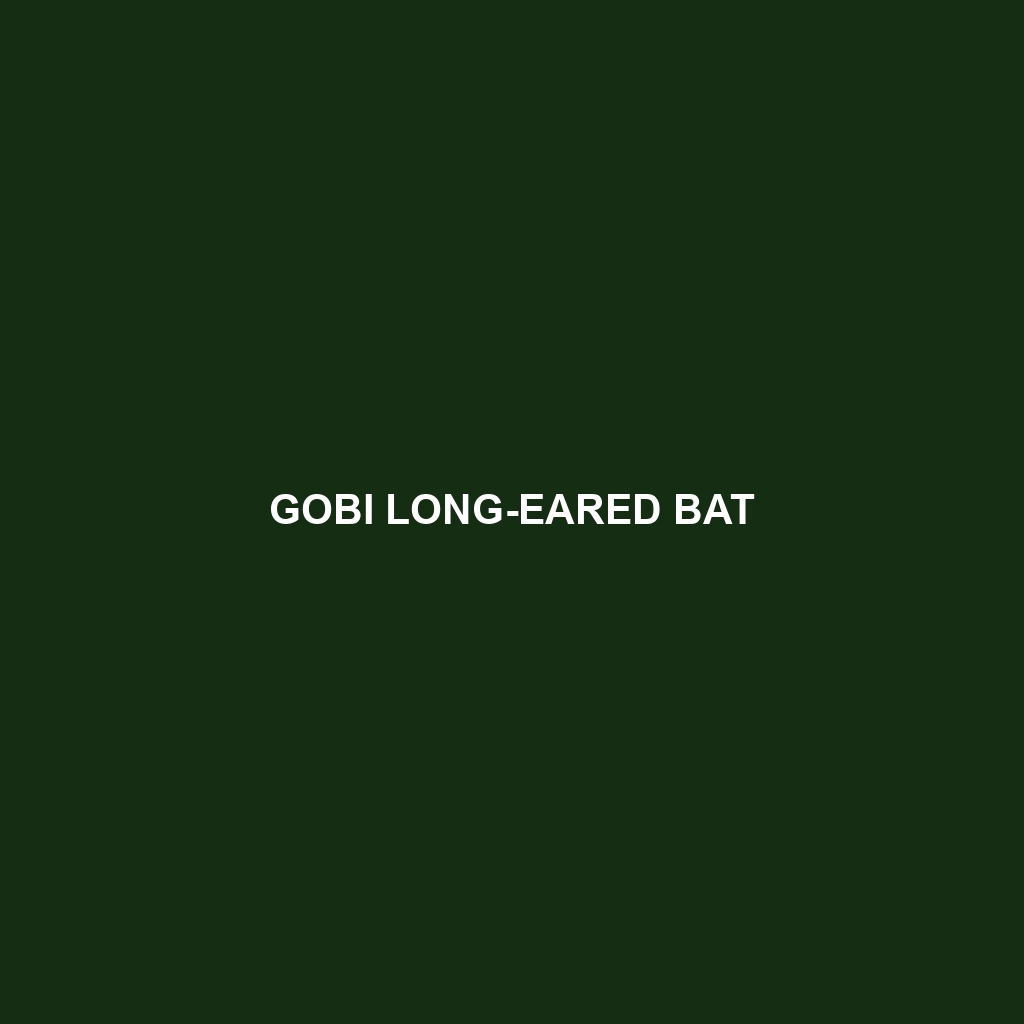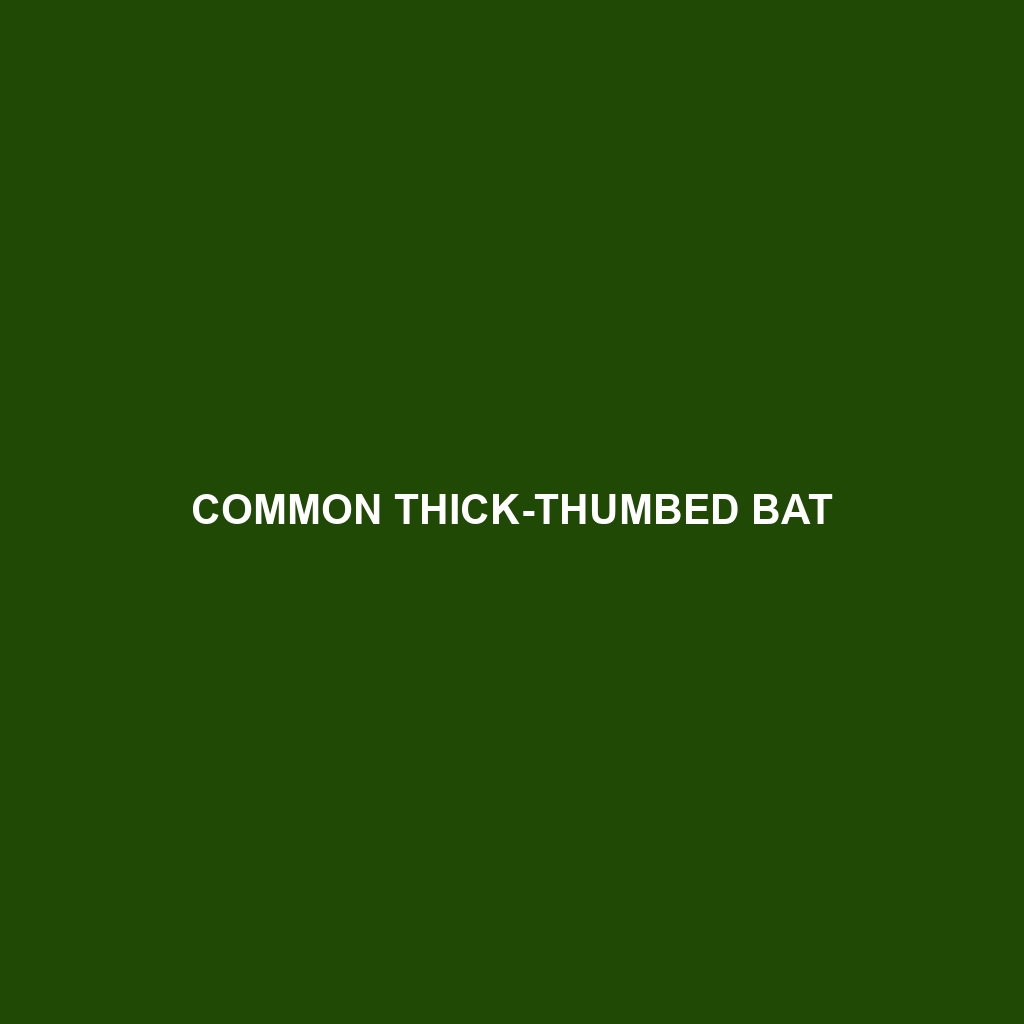Discover the Silver-tipped Myotis, a unique bat species known for its striking silver-tipped fur and vital role in forest ecosystems. Native to North America, these nocturnal creatures are expert insect hunters, using echolocation to navigate and forage. Learn about their habitat, behavior, conservation status, and fascinating facts that underscore their importance as natural pest controllers.
Tag: ecosystem
Northern Serotine
Discover the intriguing world of the Northern Serotine, a medium-sized bat thriving in diverse habitats across Europe and Asia. From its unique hawk-like foraging techniques to its vital role in pest control, this fascinating species showcases remarkable adaptability and social behavior. As their conservation status remains vulnerable, learn how their presence enriches both urban and natural environments and what we can do to protect them.
Pallid Long-eared Bat
Discover the intriguing world of the Pallid Long-eared Bat (Idionycteris phyllotis), a vulnerable species native to the arid landscapes of western North America. With its distinctive long ears and remarkable echolocation skills, this nocturnal insectivore plays a crucial role in controlling insect populations and maintaining ecosystem balance. Learn about its habitat, behaviors, and the conservation efforts needed to protect this remarkable bat.
Northern Long-eared Bat
Discover the fascinating world of the Northern Long-eared Bat (<i>Myotis septentrionalis</i>), a medium-sized nocturnal mammal known for its distinctive long ears and critical role in controlling insect populations. Found primarily in the northeastern U.S. and Canada, these bats thrive in forested habitats and exhibit remarkable adaptability to urban environments. Despite their ecological importance, they face threats from White-nose Syndrome, prompting ongoing conservation efforts to protect this threatened species.
Northern Myotis
Discover the fascinating Northern Myotis (Myotis septentrionalis), a medium-sized bat vital to North America's ecosystems. Found in deciduous forests and wetlands, this endangered species is known for its agile flight, long ears, and importance in controlling insect populations. Learn about their unique habitats, social structures, and conservation efforts in our latest blog post!
Gobi Long-eared Bat
Discover the intriguing world of the Gobi Long-eared Bat, a unique species found in the arid landscapes of Central Asia's Gobi Desert. This medium-sized bat, known for its large ears and sandy-brown camouflage, plays a vital role in regulating insect populations while facing threats from habitat loss and climate change. Learn about its fascinating behaviors, diet, and the efforts needed to safeguard its future in our detailed overview.
Elegant Myotis
Discover the fascinating world of the Elegant Myotis, or Myotis daubentonii, a medium-sized bat thriving in diverse European habitats. Known for its unique foraging techniques and adaptability, this nocturnal insectivore plays a vital role in ecosystem balance while facing threats from habitat loss and climate change. Join us as we delve into the characteristics, behavior, and conservation status of this vulnerable species.
Dark Thick-thumbed Bat
Discover the fascinating world of the Dark Thick-thumbed Bat, a medium-sized nocturnal creature thriving in the humid forests of Central and South America. With its distinctive dark fur and thickened thumb, this bat plays a crucial role in pest control, using sophisticated echolocation to hunt insects. Despite its ecological significance, the species is classified as "Vulnerable," highlighting the urgent need for conservation efforts amidst habitat loss.
Cadorna’s Pipistrelle
Discover the fascinating world of Cadorna's Pipistrelle, a small bat species found across southern Europe and parts of Asia. Known for its pointed ears and agile flight, this nocturnal creature plays a crucial role in controlling insect populations while facing threats from habitat loss and climate change. Learn about their unique behaviors, breeding patterns, and the importance of conservation efforts to protect this "Near Threatened" species.









